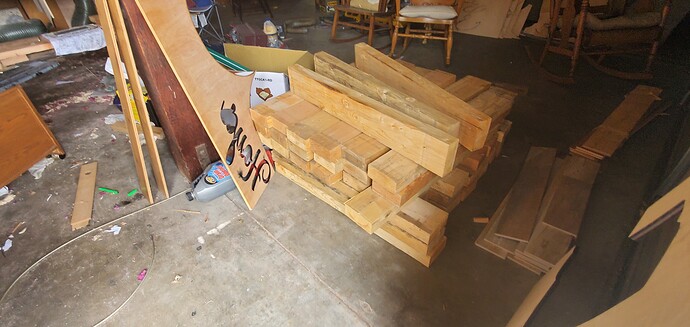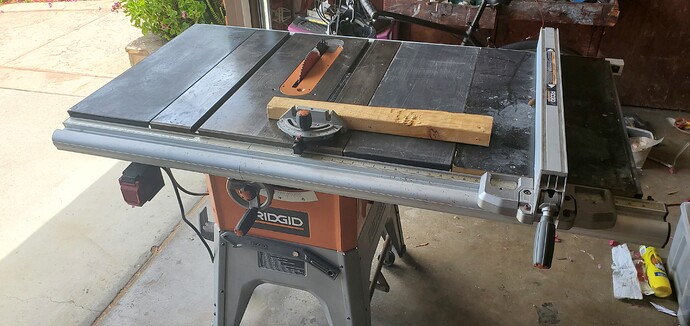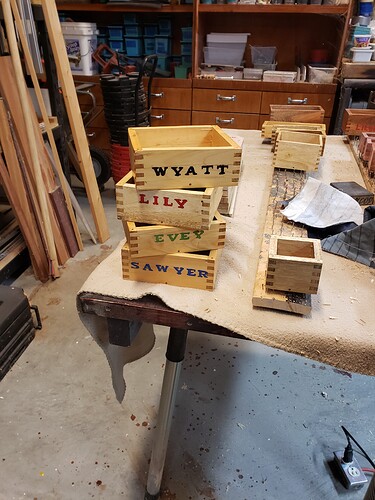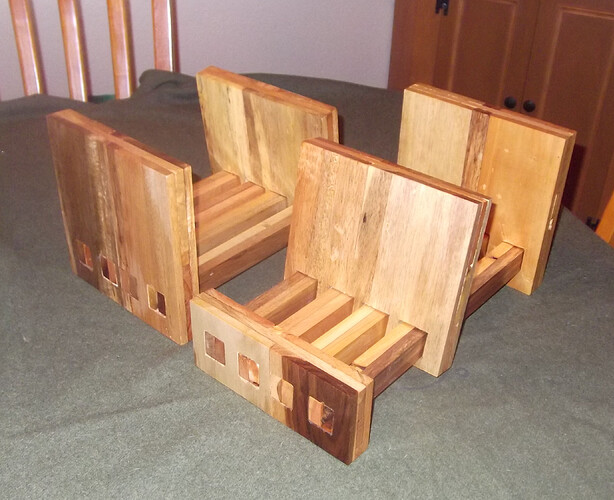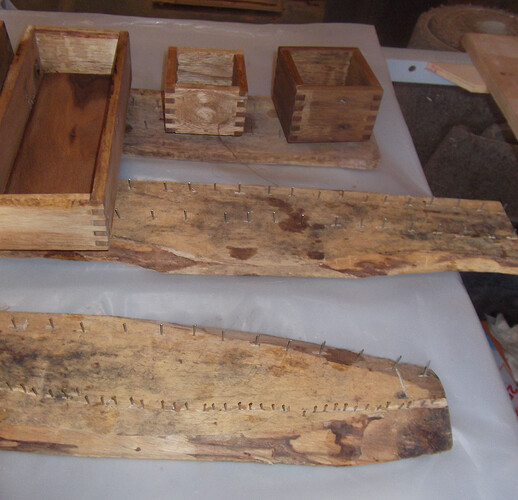I got myself a secondhand ridgid r4512. I also picked up a load of 3x5s from a construction site to laminate and turn into a workbench. Does anyone know where I can find access to a thickness planer to deal with the cupping? My back hurts from trying just one board by hand, and I have about 25 more to go haha.
Sleep,
I work with a lot of “repurposed” woods.
Part of the issue is, as you push the wood through its irregular pattern tries to follow the rip fence, binding on the blade, and you cannot safely push it through with the miter gauge. So you need to extend your rip fence. Here is a less than ideal solution. Get a manufactured material of solid construction, cut two or three pieces 4” wide and 8’ long, screw them to make one smooth faced piece. Anchor that to your rip fence.
It will take several cuts, rotating incrementally after each cut, to get it square but it does work.
Want to come to Ramona and see my system?
Rex
I did consider doing something similar to a planer sled. Since the wide faces are glued together, I can sink screws slightly into the faces and that + shims would secure it down at in a way that wouldn’t rock as you pass it through the rip
Sleep,
The boards in my picture are typical of what I get. These are actually my small part painting boards for things like these little boxes, which was a great song, and puzzle pieces. It took a bit of work to take these rough boards and end up with box material. The boxes are made from this wood.
Rex
Hi Sleep. I use a simple jig for making straight edged boards from rough cut or natural edges.
Start with about a 3 or 4 foot, 3/4" plywood or MDF (or any stable sheet good) cut to 12" wide to start. The edge of the plywood will ride against the fence while the other edge will indicate where the cut will be. Therefore, set your fence to the width of the plywood.
Next you’ll need a method for holding the rough wood on the plywood. You can attach toggle clamps to hold the material in place or get a few of the MicroJig dovetail clamps. I use the Microjig clamps because I get a taller clamping capacity than with toggle clamps.
When clamping things down, you may have to put a shim or two under your pieces to keep them from rocking. Line up your cut to the edge of the plywood, set the clamps, and rip away. Now you have one straight edge to get you started. Flip the board so the newly cut edge is against the fence, and rip the other side.
You can put the newly cut edge down, secure the material as before and cut the face. Or, if you have a bandsaw, this would be a great time to resaw it.
Perhaps some of the other readers can expand on the idea. I hope this is helpful or gives you some ideas of your own!
Sleep,
If you want to make the trip to Ramona we can play with a couple of your pieces on my equipment.
Thanks,
Rex
Thanks for the offer, but I don’t think I’ll be avle to make it there. Luckily, I managed to score a thickness planer for $200 this wekeend, and ordered a couple toggle clamps. If I can find a scrap board somewhere, I’ll be able to play with it and see what I can do with that + a jointing sled.
Sounds like a plane.
Thanks,
Rex

